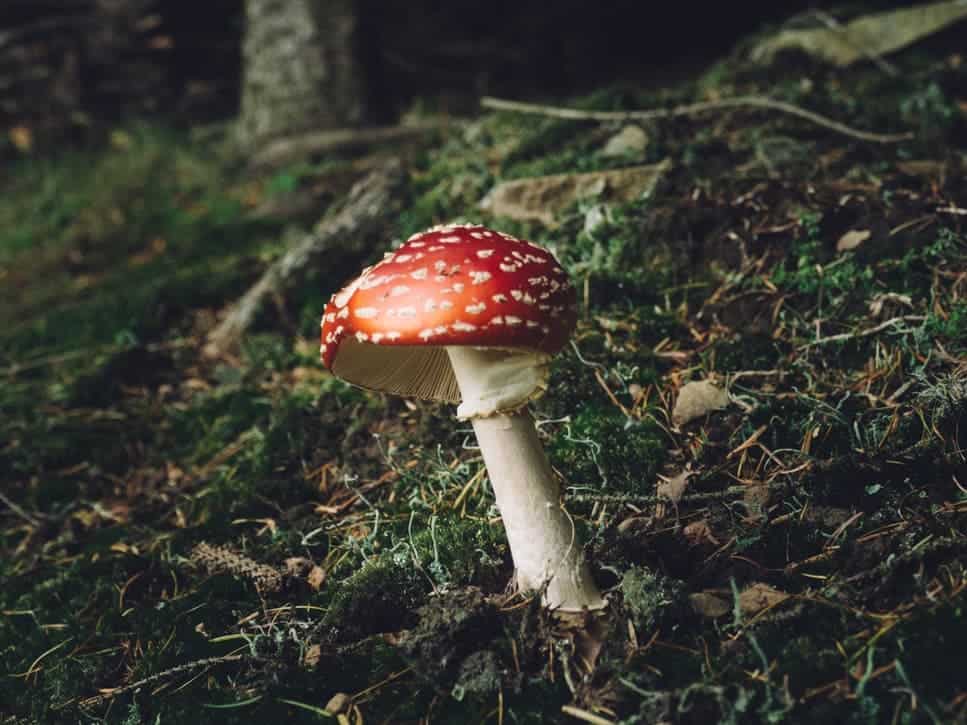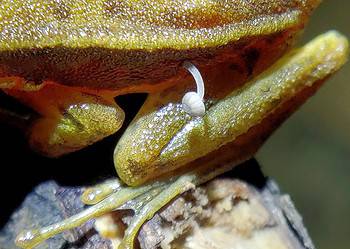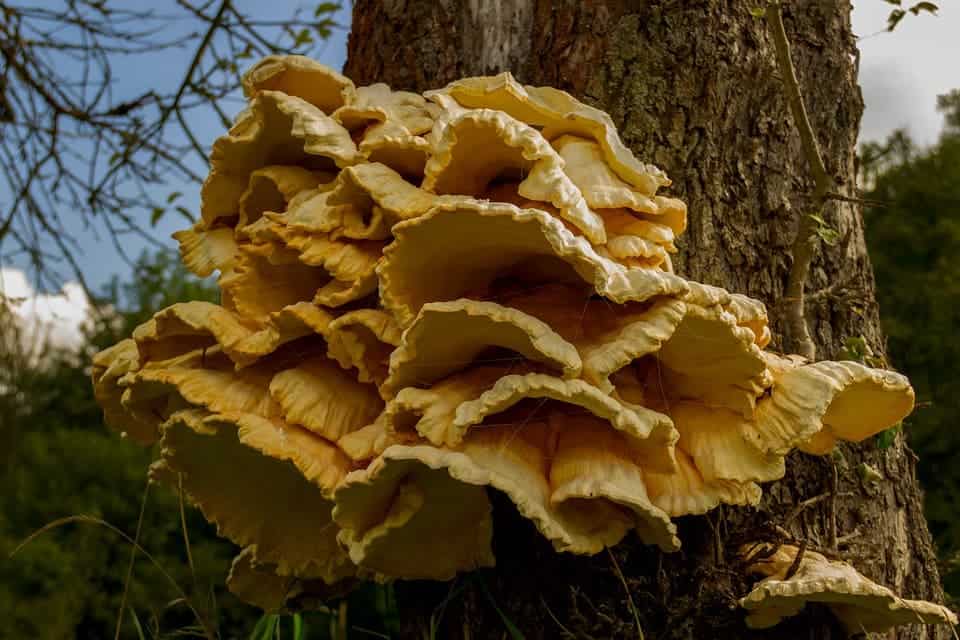Mushrooms (or to be more precise, fungi) can sometimes fit into the tiniest of places. We’re not talking tiny cracks or fissures — the filaments of some fungi can creep in between plant and animal cells. But only the ones that grow slowly can do it.

Fungi are nature’s recycling system. Neither plants nor animals, fungi can break down organic materials — but they can also cause a lot of problems for other organisms by infecting them. Part of the reason that makes fungi so dangerous is that they can penetrate the spaces between tightly-connected plant or animal cells.
They do this with their hyphae (the branching filaments that create a large network called a mycelium) but only some species seem to have this squeezing ability. To figure out why this is and how it happens, a team led by Professor Norio Takeshita at the University of Tsukuba, with collaborators at Nagoya University and in Mexico, compared seven fungi from different taxonomic groups.
They set up a clever design, where the fungi had to respond to an obstruction that forced them to pass through very narrow channels of about 1 micron wide. This width is narrower than the typical diameter of the hyphae, which is usually 2-5 microns.
“Since the channels are much narrower than the diameter of hyphae, the hyphae must change its morphology when they grow through the channels,” the study authors write.
For some species, it wasn’t much of an issue: they just kept on growing through the narrow opening and on the other side without showing much change. But for others, this was a big problem — they either stopped growing or grew at a much slower rate. After they emerged on the other side, they were still affected. They would sometimes develop a swollen tip and change their direction of growth, struggling to get past the obstacle.

Remarkably, the tendency to slow down growth didn’t seem to be affected by the diameter of the hyphae, and closely-related fungi seemed to behave in different ways, so it’s not clear exactly what directs different behavior.
However, when researchers injected fluorescent dyes in living fungi, they noticed that when hyphae struggled to get through the narrow openings, their cellular processes started to malfunction. For instance, the vesicles that supply the lipids and proteins needed for hyphae growth were no longer organized.
The team also found that species with faster growth rates and higher pressure within the cell were more prone to disruption. In other words, some fungi give up on resilience in favor of faster growth.
“For the first time, we have shown that there appears to be a trade-off between cell plasticity and growth rate,” says Professor Takeshita. “When a fast-growing hypha passes through a narrow channel, a massive number of vesicles congregate at the point of constriction, rather than passing along to the growing tip. This results in depolarized growth: the tip swells when it exits the channel, and no longer extends. In contrast, a slower growth rate allows hyphae to maintain correct positioning of the cell polarity machinery, permitting growth to continue through the confined space.”
This study could have application in biotechnology as well as in medicine, as it could enable doctors to develop better anti-fungal treatments.
“This is the first report indicating a trade-off between plasticity and velocity in mycelial growth, and serves to understand fungal invasive growth into substrates or plant/animal cells, with direct impact on fungal biotechnology, ecology and pathogenicity,” the researchers conclude
The article “Trade-off between plasticity and velocity in mycelial growth”, was recently published in mBio at doi.org/10.1128/mBio.03196-20






